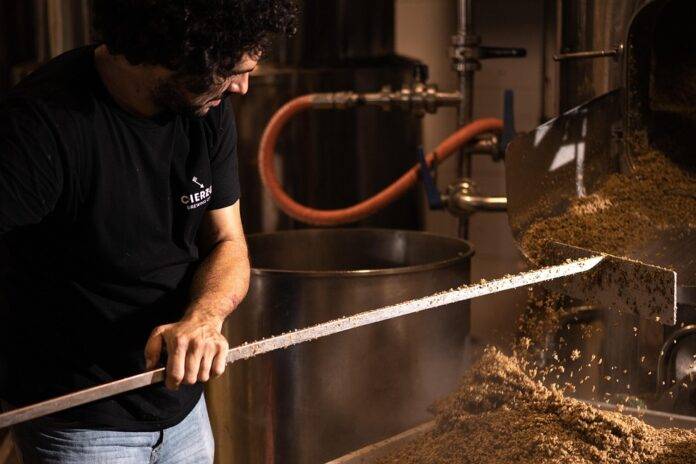Introduction
Barrel aging has become a popular technique in the craft beer industry, especially when it comes to elevating complexity in fruit and wild beer styles. This process involves aging beer in wooden barrels, typically oak, that have previously held spirits such as whiskey, wine, or rum. The interaction between the beer and the wood, as well as any residual flavors from the previous contents of the barrel, can impart unique flavors and aromas to the beer. In this report, we will explore how barrel aging enhances the complexity of fruit and wild beer styles, and its impact on the craft beer market.
The Process of Barrel Aging
Barrel Selection
The first step in barrel aging is selecting the right type of barrel. Oak barrels are the most commonly used due to their ability to impart subtle flavors and aromas to the beer. The type of oak, the size of the barrel, and the previous contents of the barrel all play a role in determining the final flavor profile of the beer.
Aging Process
Once the beer is placed in the barrel, it begins to interact with the wood and any residual flavors left behind from the previous contents. This process can take anywhere from a few months to several years, depending on the style of beer and the desired flavor profile. During this time, the beer may undergo secondary fermentation or develop complex flavors from the wood and any microbes present in the barrel.
Impact on Complexity in Fruit and Wild Beer Styles
Barrel aging can significantly elevate the complexity of fruit and wild beer styles by adding layers of flavor and aroma that are not achievable through traditional brewing methods. The interaction between the beer and the wood can result in flavors such as vanilla, coconut, caramel, and oak. Additionally, the presence of wild yeast and bacteria in the barrel can introduce funky and sour notes to the beer, adding another dimension to the flavor profile.
Enhanced Fruit Character
When fruit beers are aged in barrels, the fruit character is often intensified and enhanced. The natural sugars in the fruit can caramelize and develop deeper, richer flavors when exposed to the wood. Additionally, the acidity of the fruit can interact with the tannins in the wood, creating a balanced and complex flavor profile that is unique to barrel-aged fruit beers.
Wild Beer Styles
Wild beers, such as lambics and sour ales, benefit greatly from barrel aging. The presence of wild yeast and bacteria in the barrel can introduce complex and funky flavors that are not achievable through traditional brewing methods. The extended aging process allows these microbes to slowly ferment the beer, creating a layered and nuanced flavor profile that evolves over time.
Market Trends and Industry Insights
The popularity of barrel-aged beers has been on the rise in recent years, with many craft breweries incorporating barrel aging into their production processes. Consumers are increasingly seeking out unique and complex flavor experiences, making barrel-aged beers a sought-after commodity in the craft beer market.
Financial Data
According to industry reports, the global craft beer market is projected to reach $190.7 billion by 2025, with a compound annual growth rate of 14.1%. Barrel-aged beers are expected to contribute significantly to this growth, as consumers are willing to pay a premium for these unique and complex offerings.
Actual Companies
Several craft breweries have gained recognition for their barrel-aged fruit and wild beer styles. For example, The Bruery in California is known for its extensive barrel-aging program, producing a variety of complex and flavorful beers. Jester King Brewery in Texas specializes in wild ales aged in oak barrels, utilizing local ingredients and wild yeast strains to create unique and innovative beers.
Overall, barrel aging plays a crucial role in elevating the complexity of fruit and wild beer styles, offering consumers a unique and flavorful drinking experience. As the craft beer market continues to grow, we can expect to see an increase in the production and consumption of barrel-aged beers, further solidifying their place in the industry.


